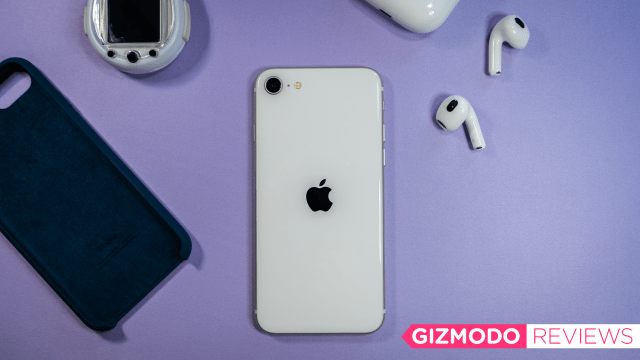It’s been a long time since I’ve handled an iPhone — ten years, to be exact. So much has changed within the walled garden ecosystem, but so much has improved, too.
Though I don’t plan on exiting the Android universe, I was curious to get my hands on the iPhone SE because of the doom it spells for Android’s mid-tier devices. This is an iPhone with the company’s latest mobile silicon in an affordable body, which means that performance-wise, it’s on par with the flagship iPhone 13. That makes the iPhone SE a hell of a deal at just $719, and you won’t find an Android device capable of this processing prowess at the same price.
Its biggest drawback is the screen. The iPhone SE’s 4.7-inch LCD is too small and feels no bigger than the iPhone 4S I left behind long ago. Maybe you’ll see that as a benefit rather than a weakness. If so, you’ll find everything else about the new iPhone SE to be an enjoyable experience — even its pared-down camera system.
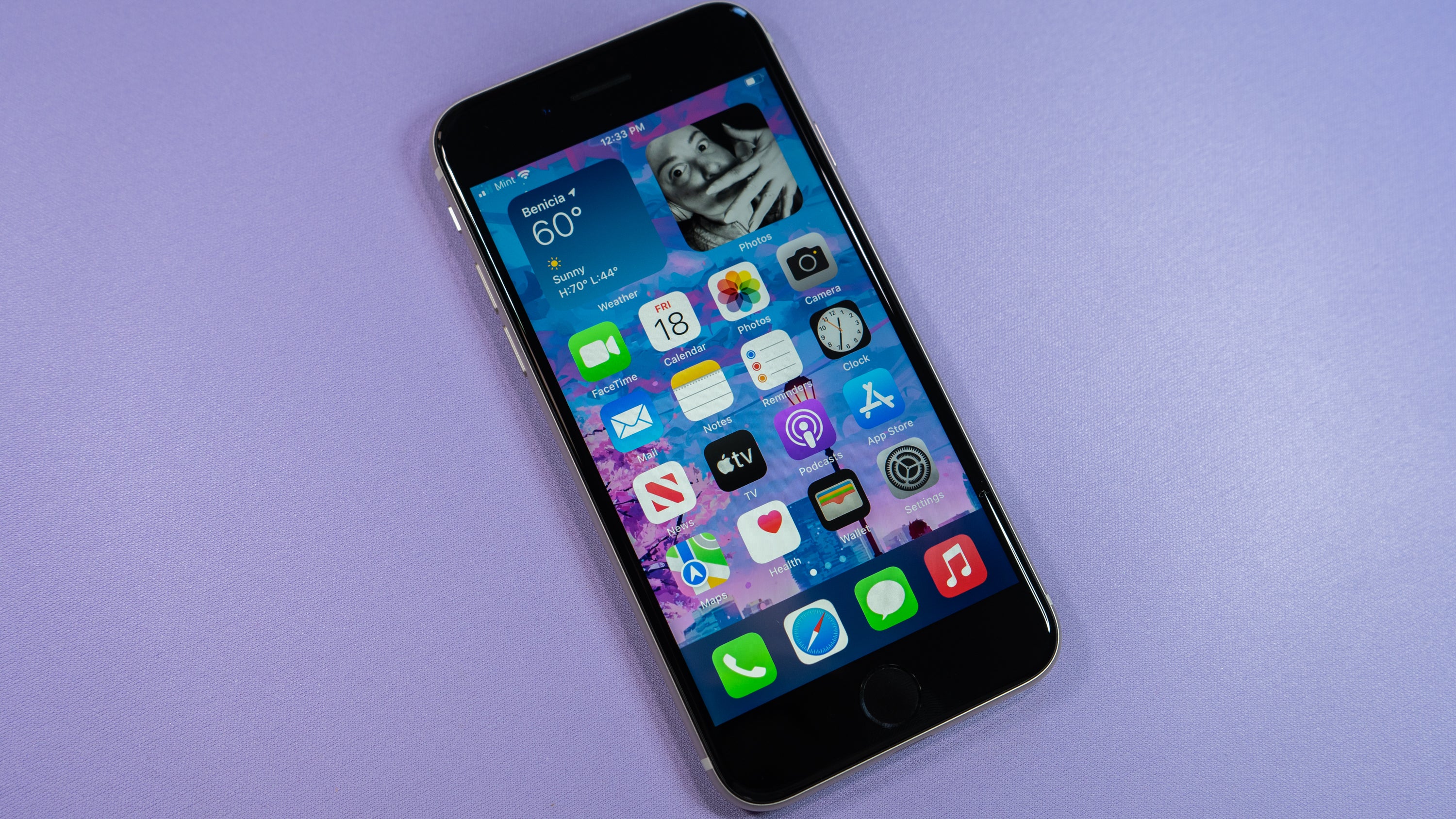
Apple iPhone SE
What is it?
Apple's budget iPhone, this time with 5G
Price?
$719
Like
Flagship-level performance, solid battery life, software updates from Apple for a very long time
Dislike
Display is too small, camera lacks a capable night mode, only 64GB of storage at the minimum price point
Look Familiar?
The iPhone SE is Apple’s smallest phone. Looks-wise, it remains unchanged from the last iPhone SE, right down to the chassis. The iPhone SE resembles the iPhone 8, complete with the Touch ID button on the front side and the singular camera lens on the back. It comes in three colorways, including Midnight, (Product)RED, and Starlight, which is the one Apple sent to us for review.
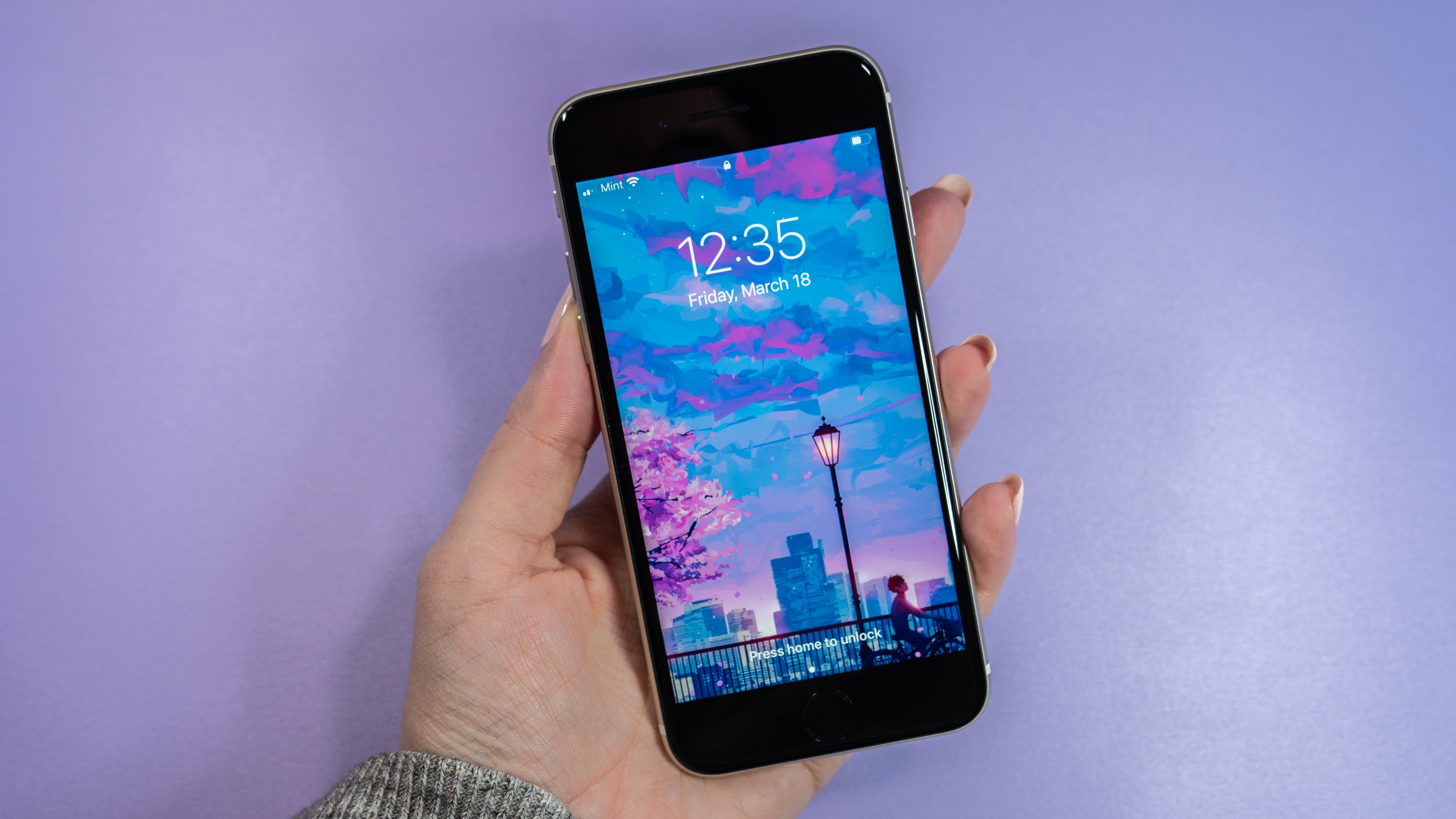
The iPhone SE is outfitted with a paltry 4.7-inch display with a 750 x 1334 resolution. To Apple’s credit, the screen looks good though it isn’t as profoundly contrasted or vibrant as the iPhone 13’s OLED display. To offer a comparison, Android devices like the Google Pixel 5a and recently announced Samsung Galaxy A53 5G, all priced around the same as the iPhone SE, come with a 6.34-inch OLED and 6.5-inch Super AMOLED, respectively. Samsung’s display also operates with a 120Hz refresh rate versus the iPhone SE’s 60Hz.
There were times when I felt the experience with the iPhone SE would have been easier to use if there was slightly more screen to work with. Pokemon Go, for example, sailed on the iPhone SE with its A15 Bionic chip. But there was very little runway for me to wind up my finger and throw a Poke ball. Not to mention, buttons within other apps felt too small to press, especially with my current state of long claws, which makes tapping a small screen with the pads of my fingers a little more challenging. I even had a hard time inputting passwords because of how precisely I had to type a certain character, lest my nail got in the way.
Reading articles also felt cramped on the iPhone SE, even with mobile Safari’s excellent Reader View. I have no problem reading smaller fonts, but I thought about my family members for whom I’d buy this iPhone and how they require large lettering to see what’s on-screen. It’s a bit tedious to read with such a small window.
Despite the small screen, I would like to take a moment to appreciate the glass backside of the iPhone SE, even if it is a vintage look. It offers a high-end touch to the device that the Pixel 5a and Samsung’s affordable phones don’t yet provide. They eschew premium material on the chassis in favour of enabling other abilities.
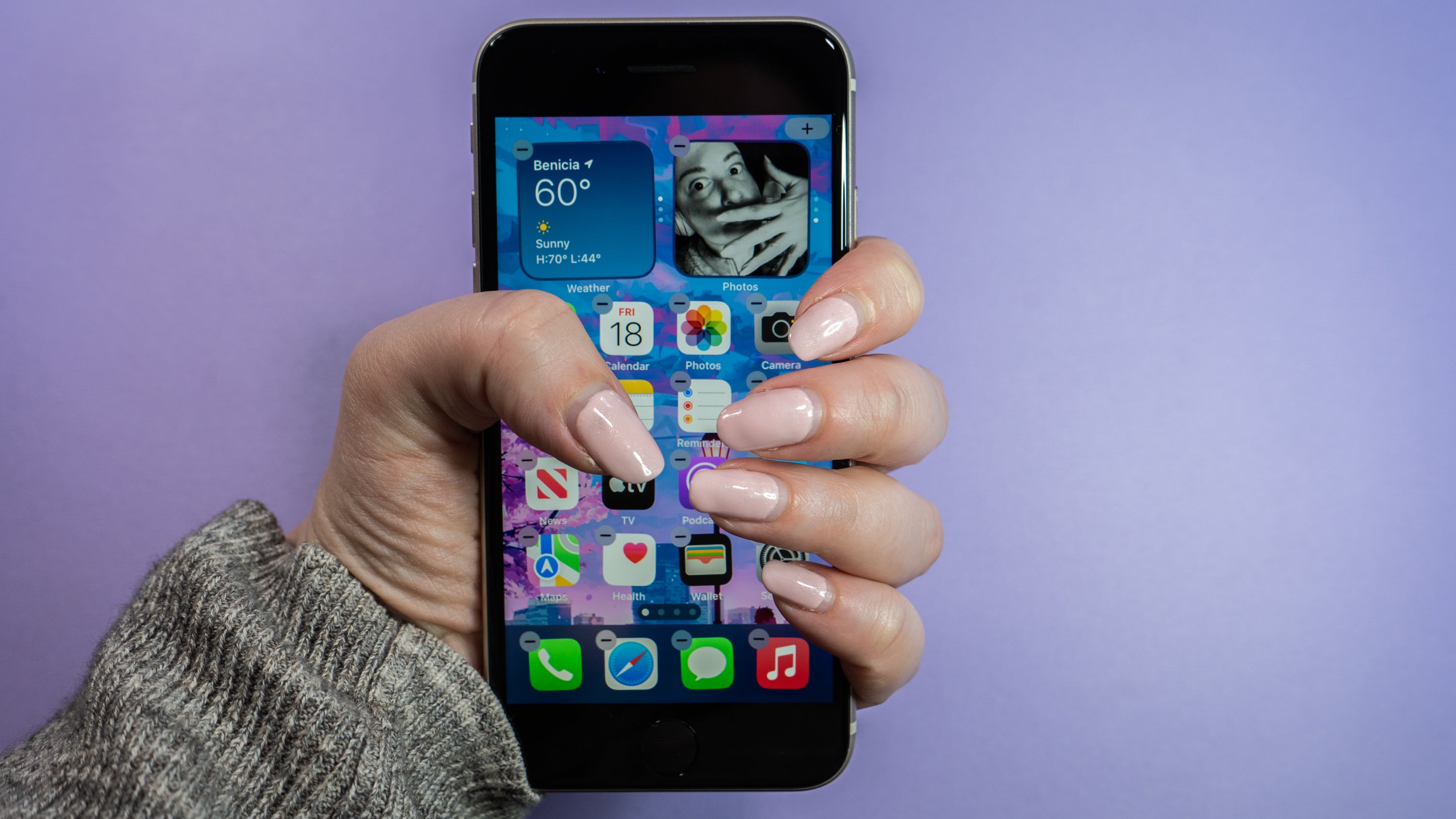
Punchy and Powerful
Apple’s A15 Bionic chip is a performer. The company’s homemade processor has outpaced every Android smartphone we’ve reviewed since the iPhone 13 launched last year, including the newest Qualcomm mobile chip, the Snapdragon 8 Gen 1. You won’t find this hardware in an Android device at an equivalent price, making the iPhone SE even more impressive.
The synthetic benchmark numbers for the iPhone SE 5G were right on par with the iPhone 13, and I can confirm it mirrored real-world use. The iPhone flew through apps and scrolled through TikTok and Instagram Reels with ease. It handled my aforementioned AR-enabled pocket monster-catching game fine, too, and I had no issues moving rapidly between apps.
The iPhone SE isn’t for power users but its battery pack can handle a full day of active use. Apple says the iPhone SE can handle up to 15 hours of video playback, and our testing produced similar numbers. It lasted just shy of 14 hours in a rundown session. That’s about four hours less than the Pixel 5a’s 18-hour battery life.
The iPhone SE 5G does not have MagSafe wireless charging support, which is a bummer if you were hoping to get these MagSafe PopSocket accessories (I was). However, it is compatible with Qi wireless charging, of which there seems to be an infinite number of accessories out there.
The third-generation iPhone SE also received an upgrade to 5G. I would avoid any phone that doesn’t have 5G compatibility at this point, as it’s becoming more ubiquitous than ever before. The iPhone SE isn’t compatible with Verizon’s mmWave 5G spectrum, but that’s not as wildly available as the carrier makes it out to be. Still, there’s more mid-band C-band spectrum propagating across the continental U.S., and the iPhone SE is perfectly capable of taking advantage of it.
Lastly, it’s worth noting that the new device comes with IP76 water resistance, which should help offer peace of mind if you spend your mornings splashing in a pool.
One Camera That Does It All
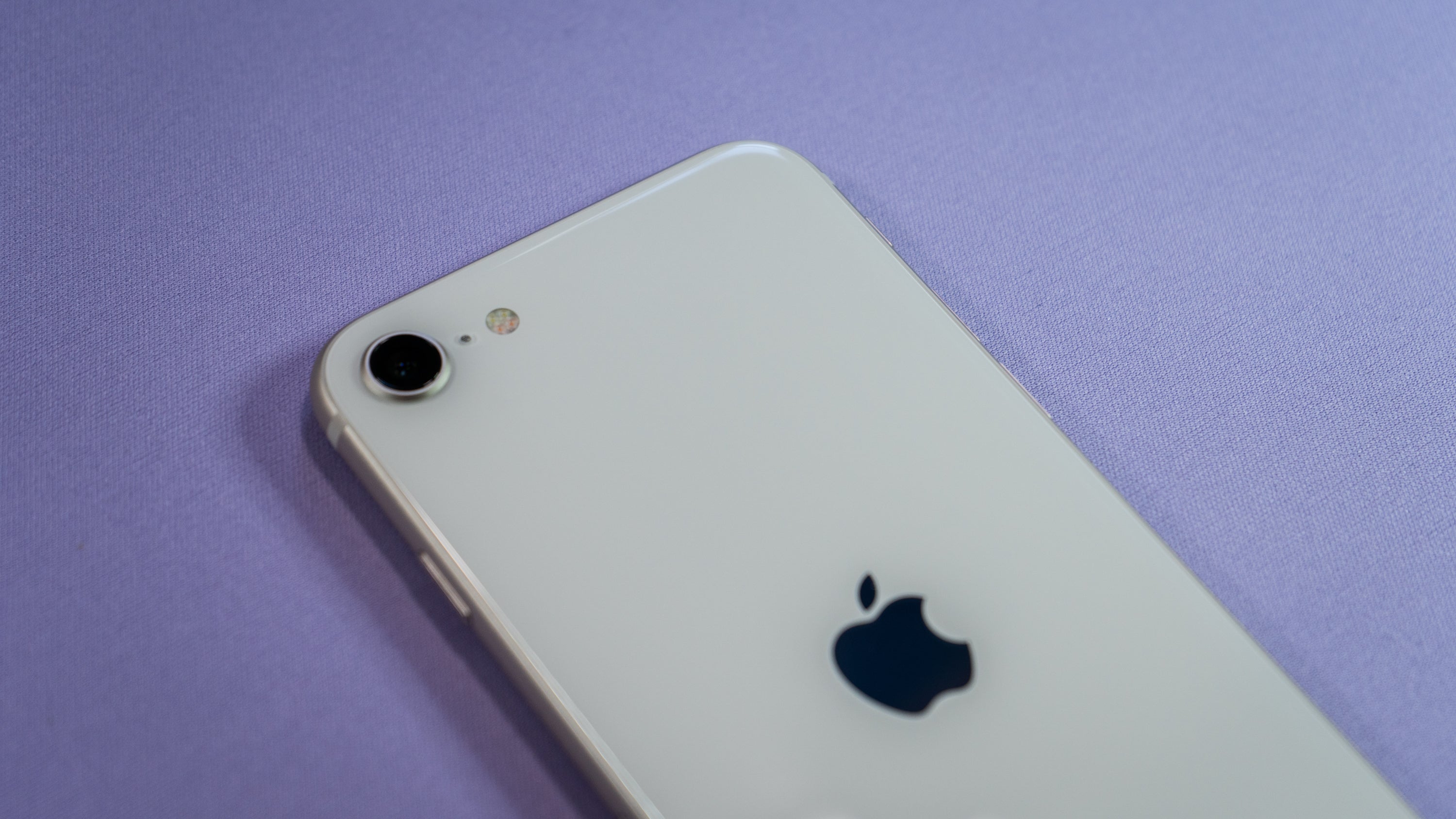
Unlike its iPhone 13 sibling, the iPhone SE only has one rear-facing camera. It’s a 12-megapixel lens that performs like the last-generation iPhone SE range. But with the aid of the A15 Bionic chip inside, the camera can produce sharper and more colour-balanced photos.
Unfortunately, I don’t have a Google Pixel 5a on hand to compare the iPhone SE’s night-time photography. But based on the test shots I took and my previous experiences with the mid-range Pixel lineup, the iPhone SE is not for taking photos in the dark. It doesn’t pick up on ambient lighting unless you set the focus point beforehand, and there’s no way to keep the shutter open for an extended period.

But if you want a smartphone to take photos of your loved ones, the iPhone SE will do fine. It’s quick at focusing on your subjects and I was impressed at its ability to capture a still photo while I was actively walking. However, it struggled to catch my wiggly daughter in dim, artificial lighting, so you’ll want to snap many pictures to make sure you get a shareable shot.
On the front, there is also a 7-megapixel FaceTime camera. It’s fun to shoot selfies with iPhone SE’s new Photographic Styles — a feature Apple bundled in from the iPhone 13. If you plan on taking lots of shots, you’ll want to invest in a cloud plan because the iPhone SE only offers 64GB of storage at this price point. It’s an extra $80 if you want 128GB of storage or an extra $250 for 256GB.
A Really Good Deal
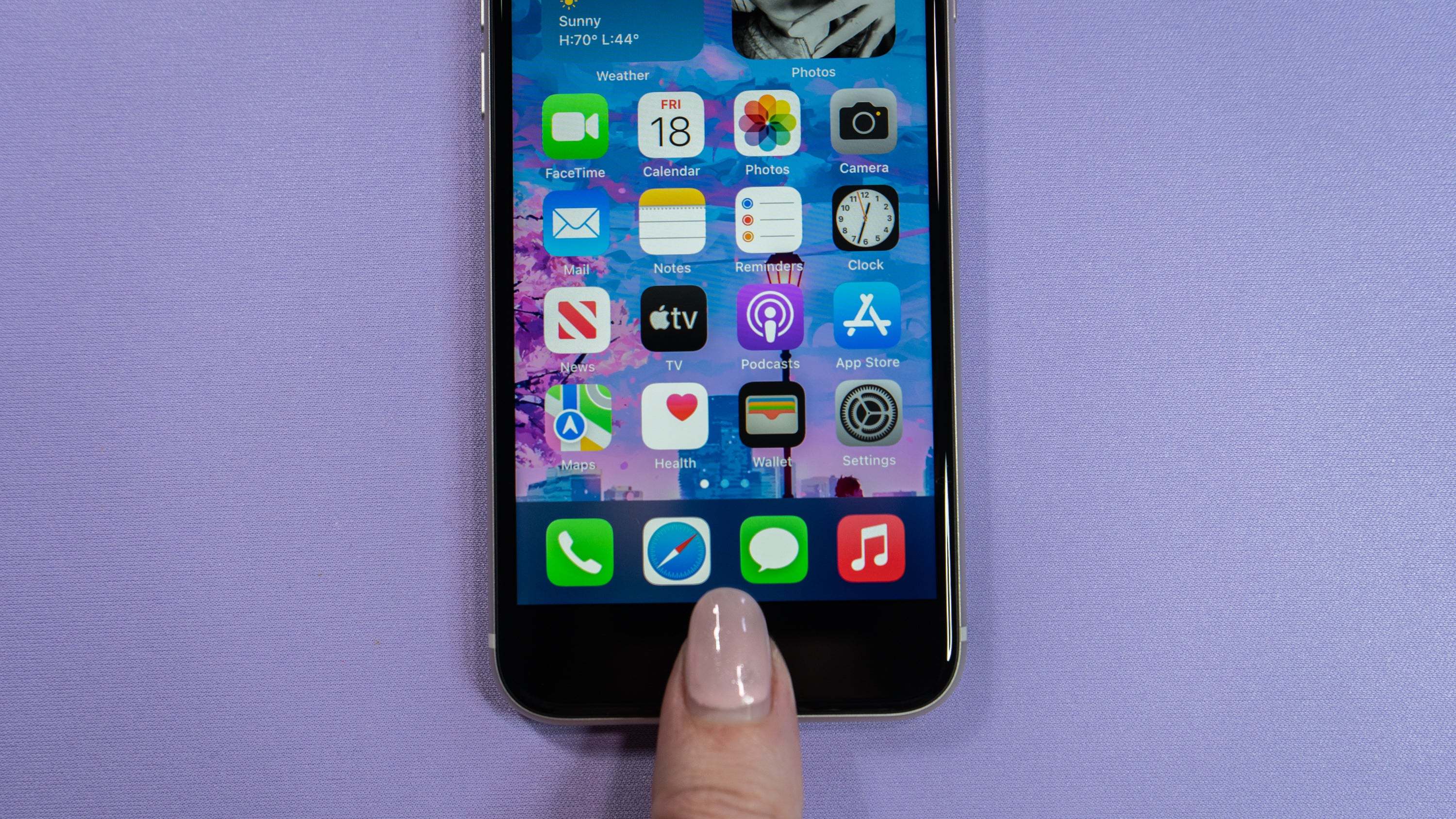
The iPhone SE 5G arrives with iOS 15.4 loaded right out of the box, making this the cheapest way to take advantage of everything Apple’s mobile OS offers. That includes new privacy and security features and new emojis, on top of iOS 15’s already helpful existing abilities. iOS 15 will even ask you to allow an app to push through notifications — a feature that Android’s still working out.
Unfortunately, the part of iOS 15.4 you can’t test is the ability to use Face ID with a mask. The iPhone SE only offers Touch ID for securing the device.

The $719 iPhone makes total sense in a world dominated by low-cost Androids. It’s the cheapest-entry point into the Apple ecosystem and an easy way to keep even the least tech-centric members of your brood linked together.
Unlike the Android ecosystem, Apple controls when the iPhone receives software updates, which bodes well for long-term support. Apple is still providing software support to the original iPhone SE launched in 2016, and this third-gen iPhone SE will likely be on a similar timeline. And since this particular iPhone is on the same proprietary processor as its pricier flagship counterpart, that’s quite the bang for your under-$800 buck.
If what you want is a barebones iPhone that will carry you through the next couple of years, the iPhone SE is it for now. It’s small, unassuming, and has all the brains of the regular iPhone 13. The only contention is that you’ll have to dial down your expectations for the primary camera, as it’s without the software magic that makes the iPhone 13 series so capable in low-light. But for folks who can’t deal with the smaller screen, the only alternative without going full Android is considering the iPhone 13 Mini for $480 more.
Editor’s Note: Release dates within this article are based in the U.S., but will be updated with local Australian dates as soon as we know more.
